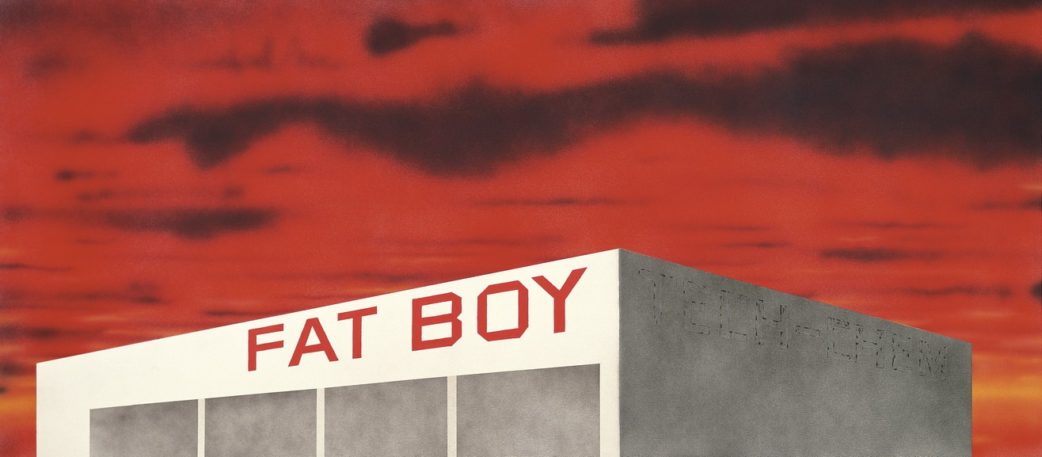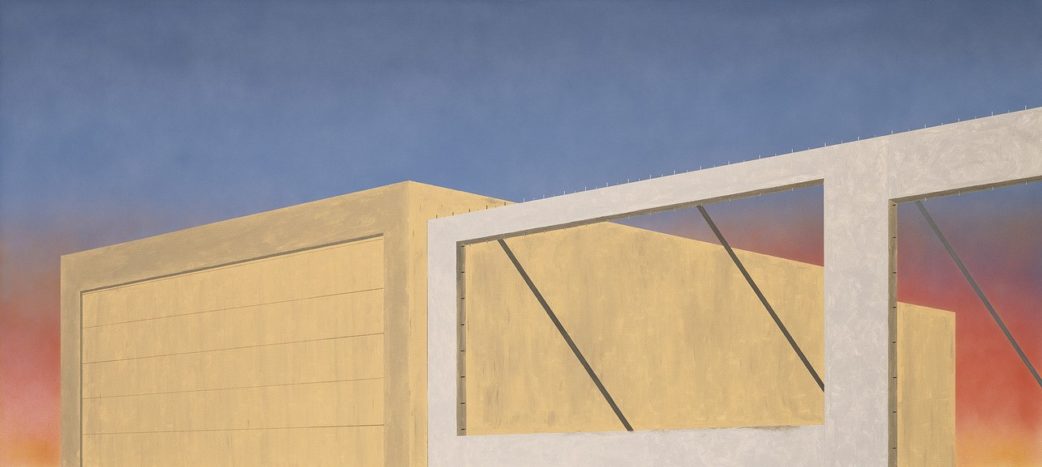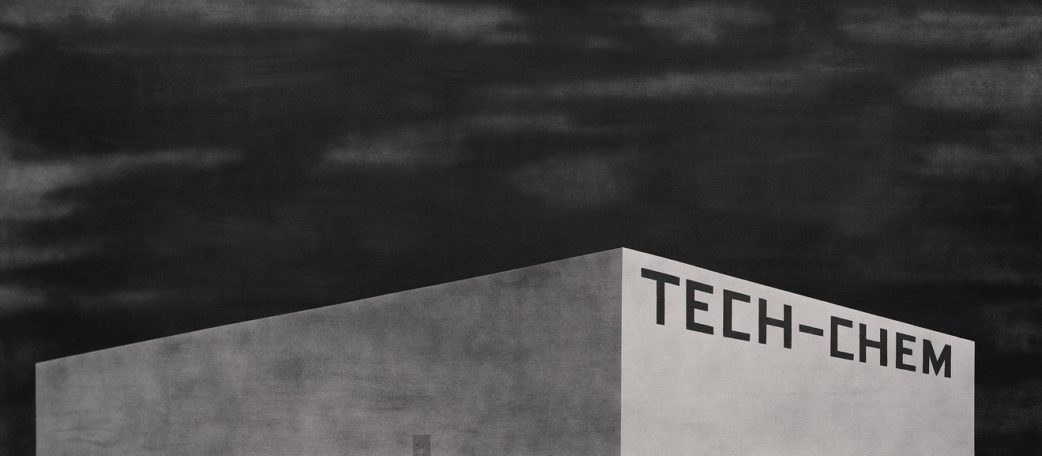[ad_1]
One of the pioneers of Pop Art, Ed Ruscha is perhaps best known for his outstanding and bold cityscapes fulfilled with various typographic features. Over the years, the artist has revisited them in order to enhance the effect of the meticulous examination of American urban development.
Cleansed of human presence, these paintings show perfectly how the American society changes in both economic and political sense.
Those works are the subject of the upcoming exhibition Course of Empire at The National Gallery in London, which is to reveal new layers of meanings in Ruscha’s agenda, in historical and contemporary context.

The Influence of Thomas Cole on Ed Ruscha
In 2005, Ed Ruscha was invited to participate in the American pavilion at the Venice Biennale. For that particular occasion, he decided to revisit the buildings depicted on his earlier works from 1992 and produce new series of the same after almost a decade.
The foundation of the whole reenactment is set on the work of 19th-century painter Thomas Cole, known for his great contribution to the development of the specifically American landscape, whose works are going to be shown simultaneously with Ruscha’s.
The title itself, Course of Empire, is appropriated from Cole, but aside from his romantic compositions of an imaginary civilization, Ruscha creates rough depictions of industrialized society and his structures tell a different narrative of corporative culture and capitalist growth.

About The Installment
In order for this parallel to be clear, The National Gallery has decided to contrast these two artists which deal with the same subject. Therefore, Christopher Riopelle, The Neil Westreich Curator of Post-1800 Paintings at the National Gallery stated:
Ruscha has long been fascinated by Thomas Cole’s painting cycle. Cole used landscape to introduce allegory into American painting and showed how the movement of time could be inscribed into it. Ruscha took up the challenge. Where Cole’s cycle transpires over centuries, only a decade or more separates the pairs of paintings in Ruscha’s ‘Course of Empire’. That the two cycles are, briefly, together in the National Gallery, allows us a unique opportunity to compare how two artists, more than one 140 years apart, approached this related subject.
The observer will have the chance to examine the landscapes upwards from below so that the buildings seem to recede from them into the implied space. The paintings will be hung in two rows so that the comparison can be achieved.

Ed Ruscha at The National Gallery
Despite the fact that the initial paintings are related to the American affluence of the mid-1960s and the rise of capitalism, while the other ones are more than ten years old, the whole constellation is still relevant today, since those landmarks are reflecting just how the society constantly changes.
Ed Ruscha: Course of Empire marks the third time of the ten canvases being shown together. As it was mentioned, the first time was at the Venice Biennale in 2005, while the second one took place in New York in 2006. The exhibition at The National Gallery in London will be open from 11 June all the way up to 7 October 2018.
Featured image: Ed Ruscha – Blue Collar Telephone. Acrylic on canvas, 137.5 × 304.5 cm. Museum Für Kommunikation, Frankfurt © Ed Ruscha / photography Paul Ruscha. All images courtesy The National Gallery
[ad_2]
Source link
